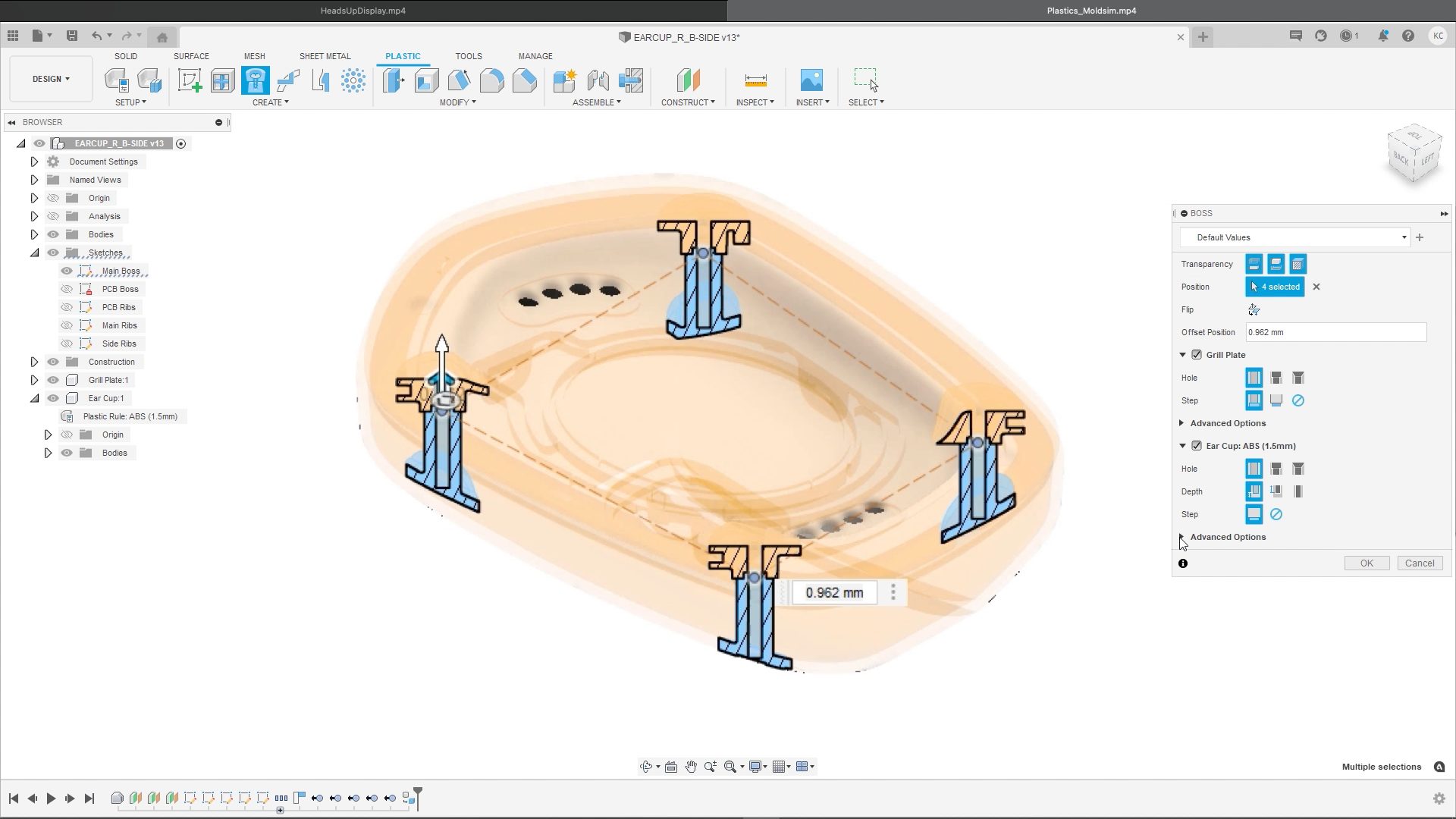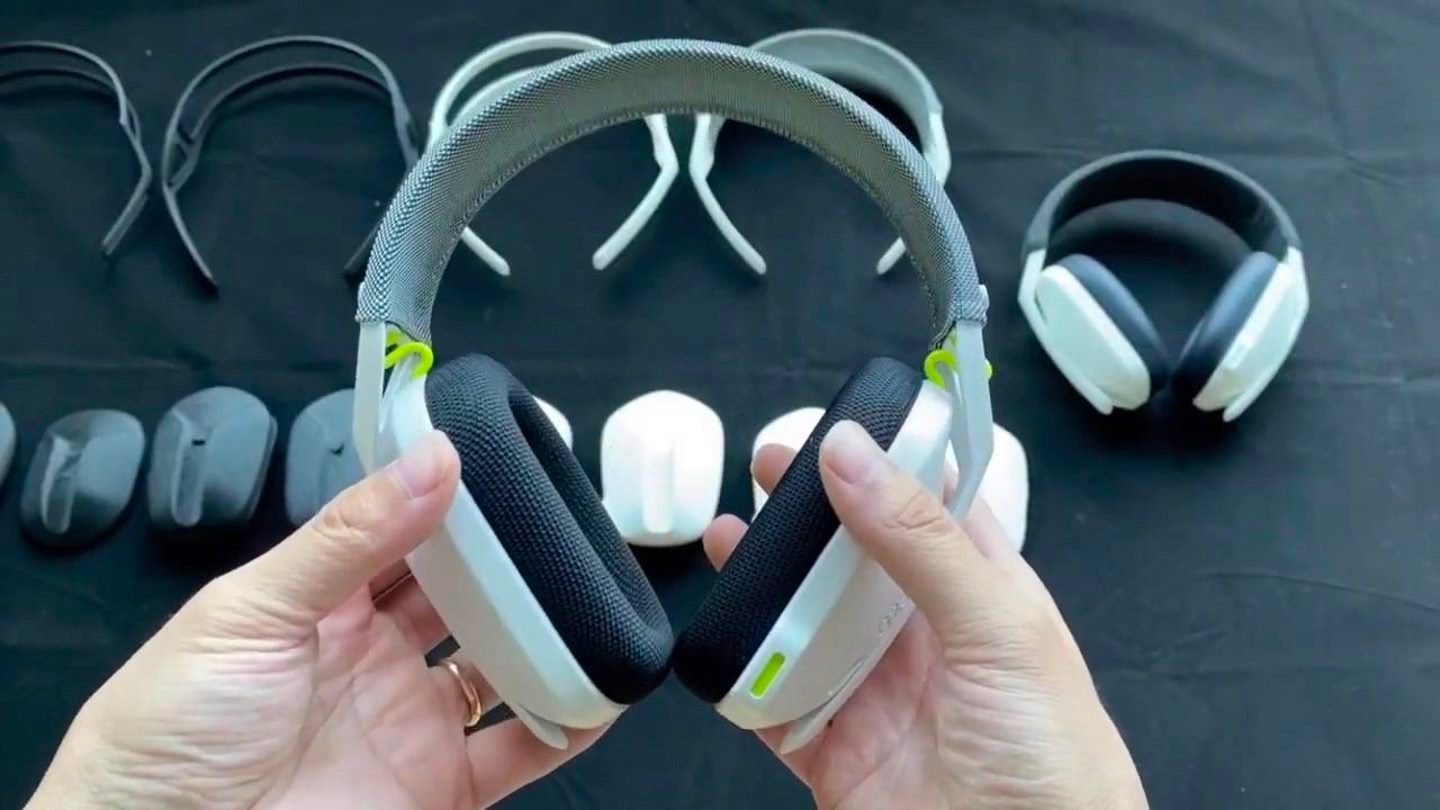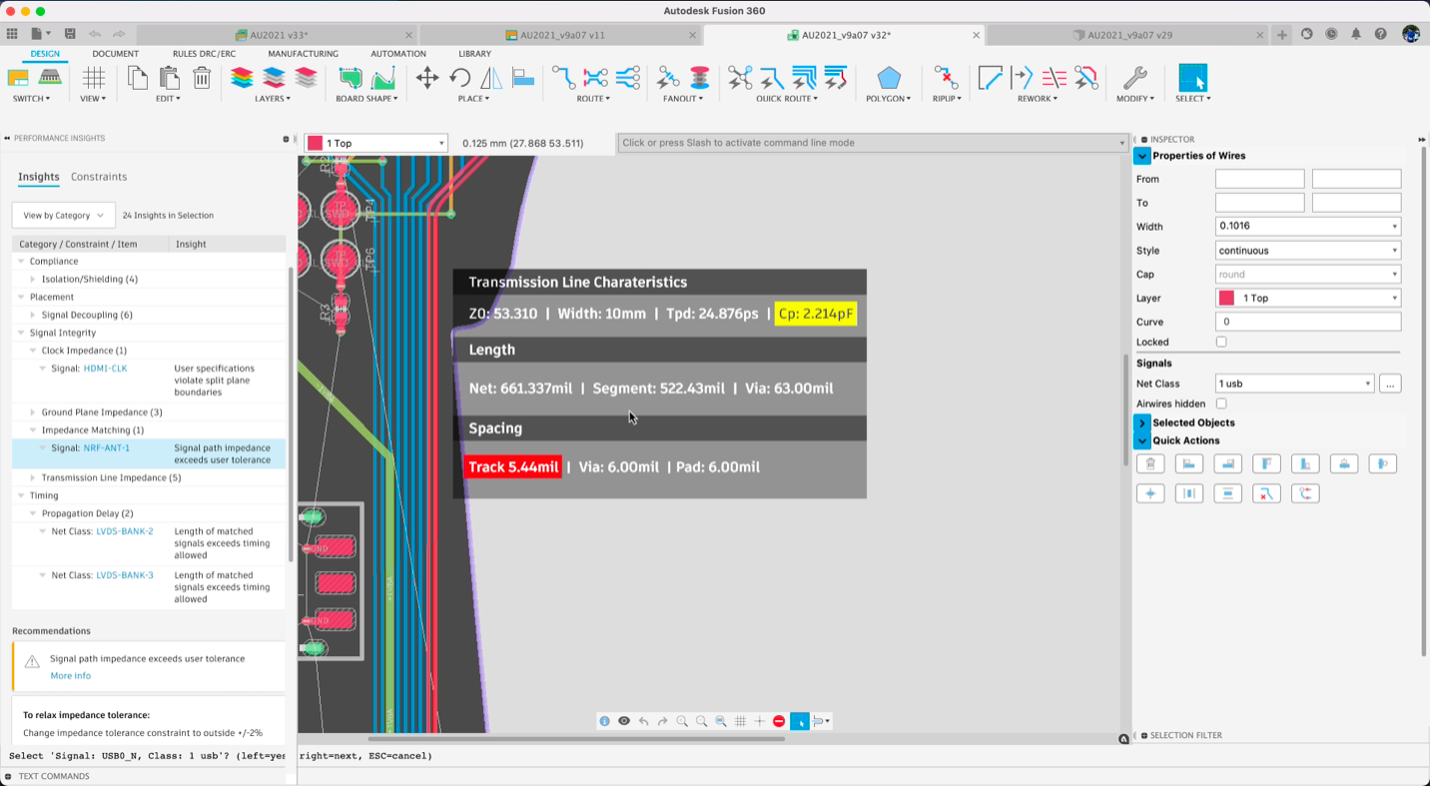Written by Scott Reese
Rethinking how businesses plan, design, and manufacture products is no small task. So, while many companies understand the importance of Digital Transformation, the process of transitioning an entire manufacturing process, and securing the necessary buy-in, is a colossal effort. A significant impediment is that many digital tools are too complex and too siloed, making change unnecessarily difficult. We at Autodesk aim to change that with Fusion 360, our cloud-based 3D modeling, CAD, CAM, CAE, and PCB software platform.
At Autodesk University (AU) 2021, we are showcasing new enhancements to Fusion 360 and our entire portfolio for product designers and manufacturers, and how customers are using these capabilities to build products more collaboratively and quickly.
With these advances, Autodesk is equipping product designers, manufacturers, and innovators with the modern tools they need to tackle today’s manufacturing challenges and build a better tomorrow.
New Fusion 360 Product Design Extension and Simulation Extension
The ability to add extensions into Fusion 360 means its capabilities are limitless. Consistent with that intent, we are previewing two new Fusion 360 extensions, the Product Design Extension and the Simulation Extension, to bring more robust consumer product design, simulation, and engineering capabilities to the platform. We expect to release these extensions early next year.
The Product Design Extension will provide users with advanced product design tools to automate the creation of complex features like lattices and algorithm-driven patterns that are otherwise time-consuming to accomplish using traditional 3D modeling methods.

The Product Design Extension allows users to automate the creation of complex features that are otherwise difficult and time-consuming to create using traditional 3D modeling methods.
The Simulation Extension will provide users unfettered access to existing simulation capabilities under an all-access umbrella. Previously, simulation capabilities were only available on a pay-as-you-go basis. Now, designers and engineers can choose the option that works best for them to explore more ways to reduce weight, materials cost, and enhance product performance.

The Simulation Extension provides users with the ability to explore various factors, including performance under heat and stress, before building their products.
Fusion 360’s model of offering robust base capabilities alongside technology extensions means customers only pay for advanced functionality when they need. Consumer electronics design is particularly well-suited to benefit from this flexible approach while keeping costs in check.
Logitech leverages Fusion 360’s industrial design capabilities to develop new gaming headsets

Logitech’s G435 family of wireless gaming headsets, designed with Fusion 360 benefited from Fusion’s rapid prototyping, generative modeling, and ability to seamlessly weave into existing workflows.
Logitech, a leading designer of consumer electronics, developed its recently released G435 family of lightweight, feature-packed gaming headsets using Fusion 360 for industrial design. During AU, Logitech principal designer, Seter Wu, will discuss how Fusion 360 is more than just a design tool, delivering additional value to Logitech’s workflow through rapid prototyping and a common data source that allows changes to be easily communicated throughout the organization.
Autodesk’s goal is to meet our customers where they are by working well with existing platforms and workflows, simplifying the use of new tools that are based in the cloud, and leveraging a common data platform to meet the needs of today’s workforce. Logitech was able to weave Fusion 360 into its existing design and development infrastructure, without the need to rip-and-replace to explore the possibilities of this modern toolset.
This is just one example of what Fusion 360 has become: a world-class, cloud-enabled Design and Make platform that supports the holistic designing, prototyping, and manufacturing of consumer electronic devices in one seamless workflow.
Ansys simulation technology to be integrated into Fusion 360 to streamline PCB design

Ansys simulation technology will provide a ‘spellcheck’ for Autodesk users, helping identify and resolve design errors to increase efficiency and build better products faster.
Building upon our existing relationship, Autodesk and Ansys will preview plans for a fully-integrated PCB design, verification, and validation capacity within Fusion 360 that further increases the software’s circuit design capabilities.
This initial integration will enable users to verify and validate PCB design using Ansys’ industry-leading validation technology, embedded directly in Fusion 360. We’ll provide the ability to perform enhanced rule checking of printed circuit board designs, retrieving near real-time insights into product electrical performance to meet specifications and certification requirements. In addition, it will help users identify errors so that they can resolve them, which increases efficiency and allows the ability to better products faster with fewer mistakes, making Fusion 360 a one-stop shop for designing and verifying consumer electronics devices.
Our continued work with Ansys shows the extensibility of Fusion 360. Built on the Autodesk Forge platform, the software and its extensions aren’t limited to just what we at Autodesk make. As Logitech’s work indicates, the future of design must be flexible. We are always on the lookout for ways to enhance the capability of our products, and don’t believe we can do it alone. We are excited to take this first step with industry leaders like Ansys, integrating their technology into Fusion 360.
New educational certifications based on manufacturing roles, not just tools
In addition to building robust design and make tools, Autodesk is committed to addressing the critical skills shortage in manufacturing. To meet this need, we will launch four new career certifications aligned with Fusion 360, completing the course series for Machinist and Mechanical Engineering roles. Building on the Autodesk Certification Program announced last year at AU, the new certifications underscore Autodesk’s commitment to helping manufacturing professionals evolve their skillsets with self-paced learning that future-proofs their resumes.
Our industry-validated credentials show employers not only that they are adept at using today’s modern manufacturing tools and technologies, but that they are thinking holistically and are ready to step into the emerging, cross-connected manufacturing roles of tomorrow.
Together, these enhancements move Autodesk closer to fulfilling its mission of providing the leaders, innovators, and designers of tomorrow with the digital tools and the knowledge needed to address some of our biggest challenges.